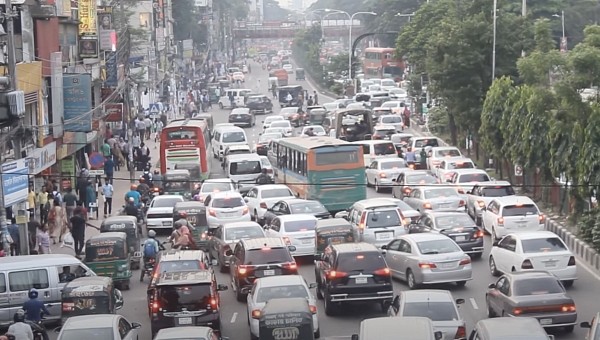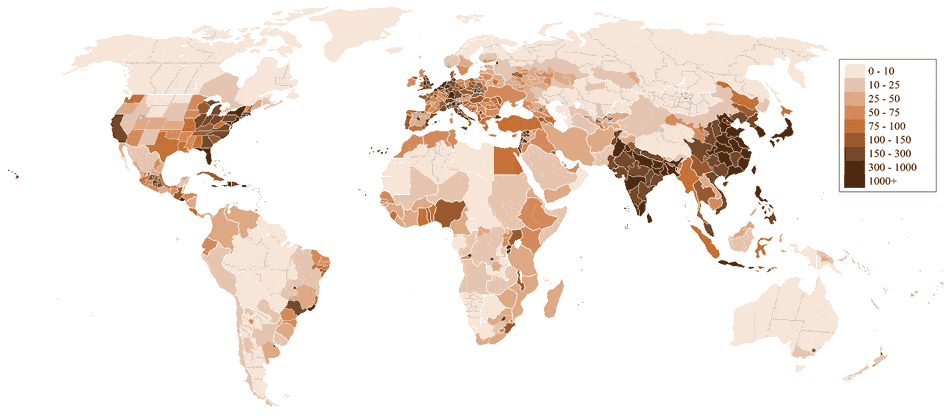HI PEEPS! I know it's already in the middle of the night, but im still all pumped up to do this blog! well actually it's because i woke up super late today, HAHA. Anyway, this week topic has something to do with culture. And, because my chosen topic is "too many cars" so it is about finding solutions from our cultures, well, my culture in this case. For all you don't know I am Indonesian and so I will pick something related with Indonesian cultures.
Initially there wasn't that many cars in indonesia. It only changes in these past decades. But then that would make a quite straight forward answer since that makes no available solution related to my culture for this problem. But then let us see the past transportation in Indonesia.
As a maritime and agrarian country, Indonesia had a lot of farmers and fisherman. They usually led a modest life and chose to walk or cycle for a short distance destination.

Below is called "sepeda onthel", which literally means pedaling bike. It's a heritage from Dutch regime. Generally they are suitable for urban environments and they focus more on comfort and practicality instead of speed or efficiency. The gears are default and it has a front light and backpack frame to transport items.

Not only them, of course, a lot of people were actually using these 2 method. There were even people that open service to escort people to their destination using bike. This is called "ojek sepeda". It was famous in 1970, later on they use motor cycle instead of bike.

Other transportation called "becak" or trishaw, which also use bicycle as its main part, but have an additional seating in front that usually able to fit 2-3 persons.

The other transportation is using horse power called "andong" and able to take 4-5 persons inside. Andong has 2 wheels while another similar version of andong called "dokar" has 4 wheels. They both used in different part of Indonesia and the amount of horse can vary.


The picture below is a traditional transportation using buffaloes power. Commonly used in suburb areas instead of cities downtown. This is called "pedati".

As the time goes on, people are more familiar with motor vehicles. The first common public transportation known is "kopaja". It is similar to bus but the size could vary. It has their own route but can be stopped anywhere unlike the new transjakarta bus which has its own bus stop.

The other famous transportation that still widely used until now is "angkot". It is smaller than kopaja or bus and also has its own route. It is also can be stopped everywhere

However as time goes on, people's mindset is slowly changing, their purchasing power are increasing and also their lifestyle are improving. They prefer using their own car because it is definitely more comfortable, and since the population growth are always rising, the congestion become inevitable. Maybe if they care to try using these-mentioned-transportation back, the congestion wont be as severe. I wont dare to say it will completely dispel congestion, but i guess it will lessen the pollution, using only public transportation or non-motorized vehicle. And of course it will diminish out main problem of "too many vehicles"!
SO, this is my culture, how about yours? ;)
References :
http://dimaszon.blogspot.sg/2013/01/10-transportasi-tradisional-indonesia.html
http://en.wikipedia.org/wiki/Roadster_(bicycle)






